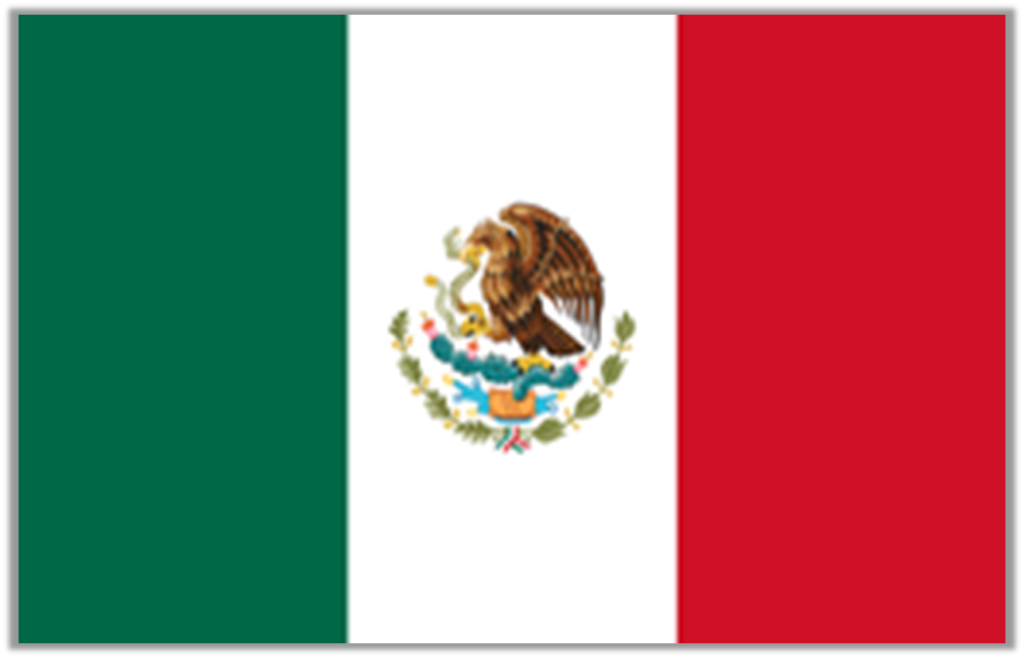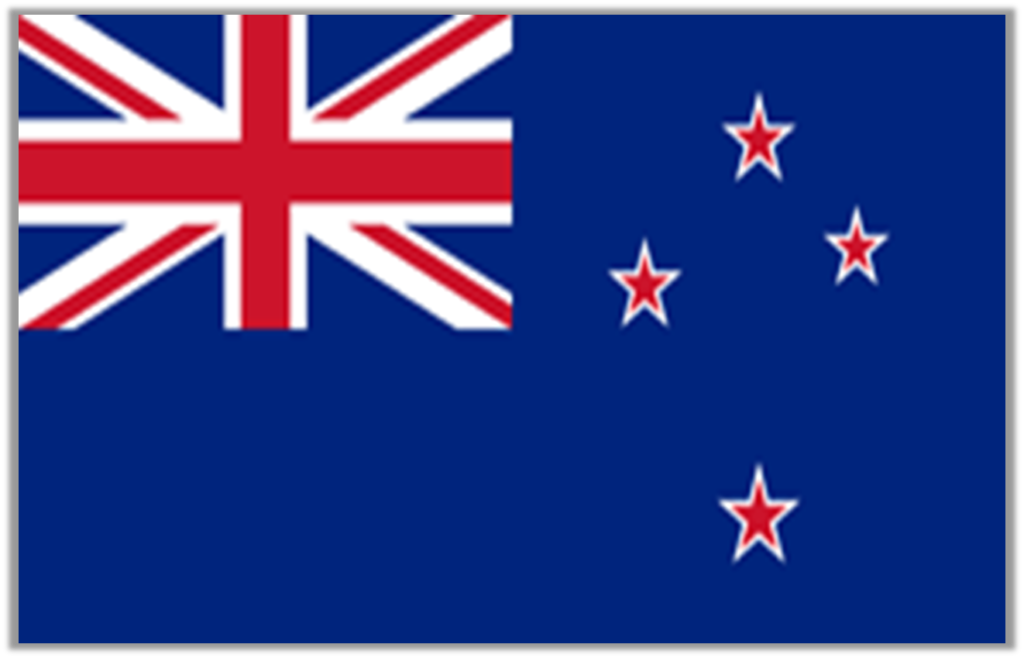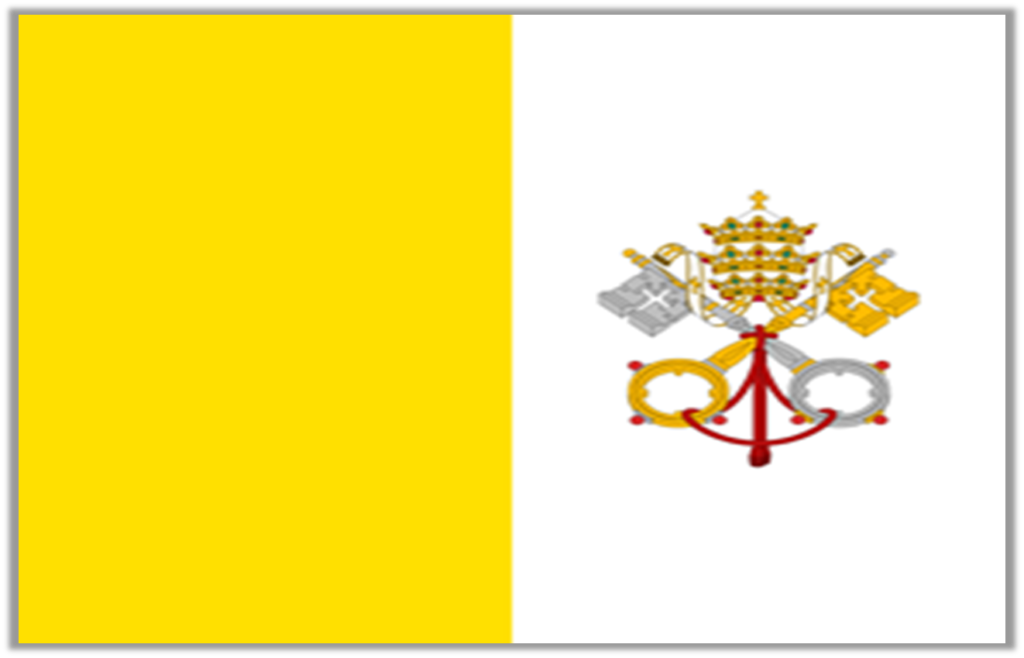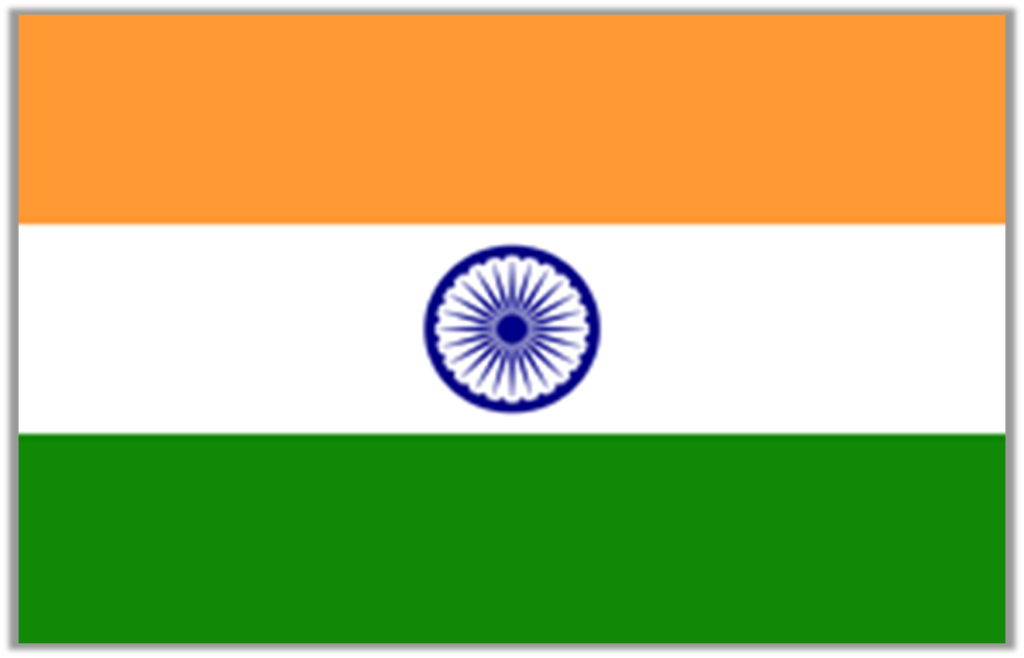Countries Flags
































































































































































































All Countries Flags of the World
Countries Flags: History, Meaning, and Facts Behind Every National Flag
World Countries Flags
Flags are more than pieces of cloth fluttering in the wind — they are powerful national symbols deeply rooted in history, culture, and sovereignty. This guide explores all countries flags, delving into their origins, design elements, historical significance, and the powerful meanings embedded in their colors and symbols.
The study and understanding of all countries flags offer deep insights into the values, struggles, and identities of nations across continents. Whether it’s the bold red of China, the stars and stripes of the United States, or the intricate detail of Bhutan’s dragon, each flag narrates a unique story. This content is dedicated to showcasing all countries flags with meaningful context to foster appreciation and understanding.
The History Behind All Countries Flags
The concept of using flags dates back thousands of years. The earliest flags were believed to have been used in the ancient civilizations of Mesopotamia, Egypt, and China around 2000 BCE. These early flags, often mounted on poles, represented dynasties, deities, or military units. As time evolved, so did the purpose and design of flags.
By the Middle Ages, flags became widely used across Europe, especially during battles to identify knights and armies. The Renaissance period introduced more complex designs and the nationalistic use of flags began emerging. In the 17th and 18th centuries, as countries started forming clear boundaries and governance systems, national flags became prominent tools of statehood.
The concept of all countries flags took formal shape in the 19th and 20th centuries, particularly after independence movements, decolonization, and the establishment of the United Nations, which recognized the unique sovereignty of member nations through their flags.
Why Are Flags Important?
Flags serve as a visual representation of a country’s identity. Each flag tells a story — from the nation’s origins and values to its struggles, victories, and aspirations. Here’s why flags are crucial:
National Identity: Flags are among the most recognizable symbols of a country’s identity, fostering unity and patriotism.
International Representation: In diplomatic meetings, sports events, or global summits, flags represent a nation’s presence and voice.
Historical Significance: The symbols and colors often commemorate historical events, cultural heritage, or political shifts.
Communication Tool: In military and maritime contexts, flags have been historically used to convey signals and messages.
Understanding all countries flags enhances our knowledge of world history, cultural diversity, and international relations.
How many flags are there in the world?
There are 195 recognized national flags, with additional regional, territorial, and organizational flags globally.
Which is the oldest national flag still in use?
The flag of Denmark (Dannebrog), used since 1219, is the world’s oldest continuously used national flag.
Why do so many African countries use the same colors?
Many African countries adopted Pan-African colors (red, green, yellow, and black) as symbols of unity and freedom from colonial rule.
What makes Nepal’s flag unique?
Nepal’s flag is the only national flag that is not rectangular. It has two stacked triangles representing the Himalayas and its two religions: Hinduism and Buddhism.








